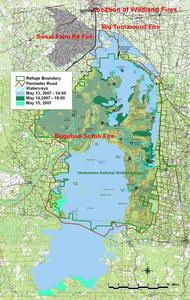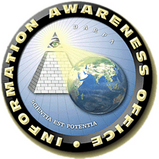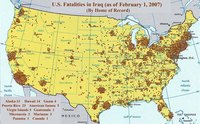 Regarding the
Georgia and Florida swamp and pine fires,
one of the main questions is at what point does
preservation offer greater economic gain than resource extraction.
Looking at the big picture brings out two points:
Regarding the
Georgia and Florida swamp and pine fires,
one of the main questions is at what point does
preservation offer greater economic gain than resource extraction.
Looking at the big picture brings out two points:
ActionBioscience.org: The figure "$33 trillion" was once projected as the value of ecosystems globally. What do you think of this type of economic analysis?
Polasky: The $33-trillion figure refers to one of the earliest studies that was done on the value of ecosystem services. The lead author was Robert Costanza. He and his coauthors tried to get at the notion of how we can establish on a global basis what the value of ecosystem services is. They came up with a number 33 trillion [USD] plus or minus a few trillion. There are a number of problems with the study. The most basic one is the question of what you are talking about when you consider all the ecosystem services of Earth. The entire system is our life support system. So what is our life support system worth? You don’t really have to have a scientific study in order to answer that question. The real value of the study was not the $33-trillion figure, which who knows what that means, but that it spurred people to focus on these issues.
Such values can be big, and the dollar value isn’t the only consideration. There is a bit of risk in that we can’t do without the biosphere, and some risk management is in order. Even beyond that obvious non-dollar value, there are further questions of species diversity and esthetics. Do we really want to kill off an ecosystem when we don’t really know what it’s doing for us, and do we all want to live surrounded by concrete?
Continue reading

 Regarding
Regarding  Here at the
Here at the